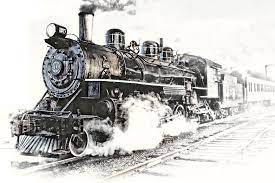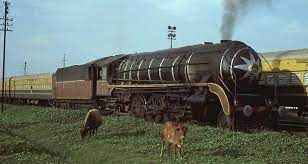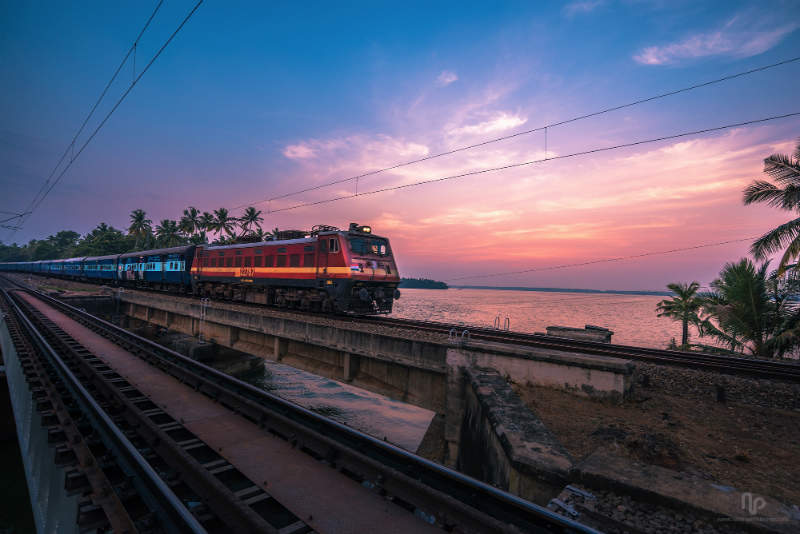
Indian Railway also marked as IR is an enterprise owned by the Indian state. It is also owned and operated by the Indian government through the Ministry of Railways. This railway network comprises 115,000 km or 71,000 mi of track stretching over a route of 65,000 km or 40,000 mi and comprising 7,500 stations. It is well known as one of the largest railway networks in the entire world.
According to statistics, as of December 2012, this railway network has transported more than 25 million passengers on a daily basis which makes it more than 9 billion on an annual basis. The Indian Railways helped carry more than 8,900 million people in the year 2011 which amounts to more than 24 million passengers on a daily basis.
Half of this crowd was suburban passengers. Additionally, it carried freight of 2.8 million tons every day. The railway network had a revenue of 111,984.89 crores rupees in 2011 to 2012. This calculates to 20.38 billion US dollars. To be more exact, this number consisted of 69,675.97 cores coming from freight and 28,645.52 crore rupees from normal passengers’ tickets

The whole concept of railways was first introduced to the country in the year 1853 when a line was constructed from Bombay to Thane. In the year 1951, different systems were combined together as one unit and became nationalized as the Indian Railways, one of the largest rail networks in the world. Indian Railways have both the long distance and suburban systems.
These function on a multi-gauge network of broad, narrow and meter gauges. It owns coach production and locomotive facilities as well in different places in the country. Also, codes are assigned identifying their gauge, type of operation and kind of power.

The network is operated over twenty four states and three of the country’s union territories. Also, limited international services are also provided to neighboring countries of Bangladesh, Nepal and Pakistan
The Indian Railways is the ninth largest utility or commercial employer and has more than 1.4 million employees. As far as rolling stock is concerned, the network holds more than 229,381 Freight Wagons, 9,213 Locomotives and 59,713 Passenger Coaches. The numbering system is five digit since almost 10,000 trains are run by the Indian Railways. By the 31st of March in the year 2012, 22,224 km or 13,809 mi of the total 65,000 km or 40,000 mi route length, which is 34% of the total number, were electrified. Almost all sections of the railways use 25,000 Volt AC traction.
The Indian Railways are divided into a number of zones which are again subdivided into certain divisions. The number of zones was initially six but it increased to eight in the year 1951, to nine in the year 1952 and further increased to sixteen in the year 2003.
The zone of the Indian Railways is made up of a particular number of sub-divisions. Each of these again has a divisional headquarter. A total of sixty-eights divisions are present.

